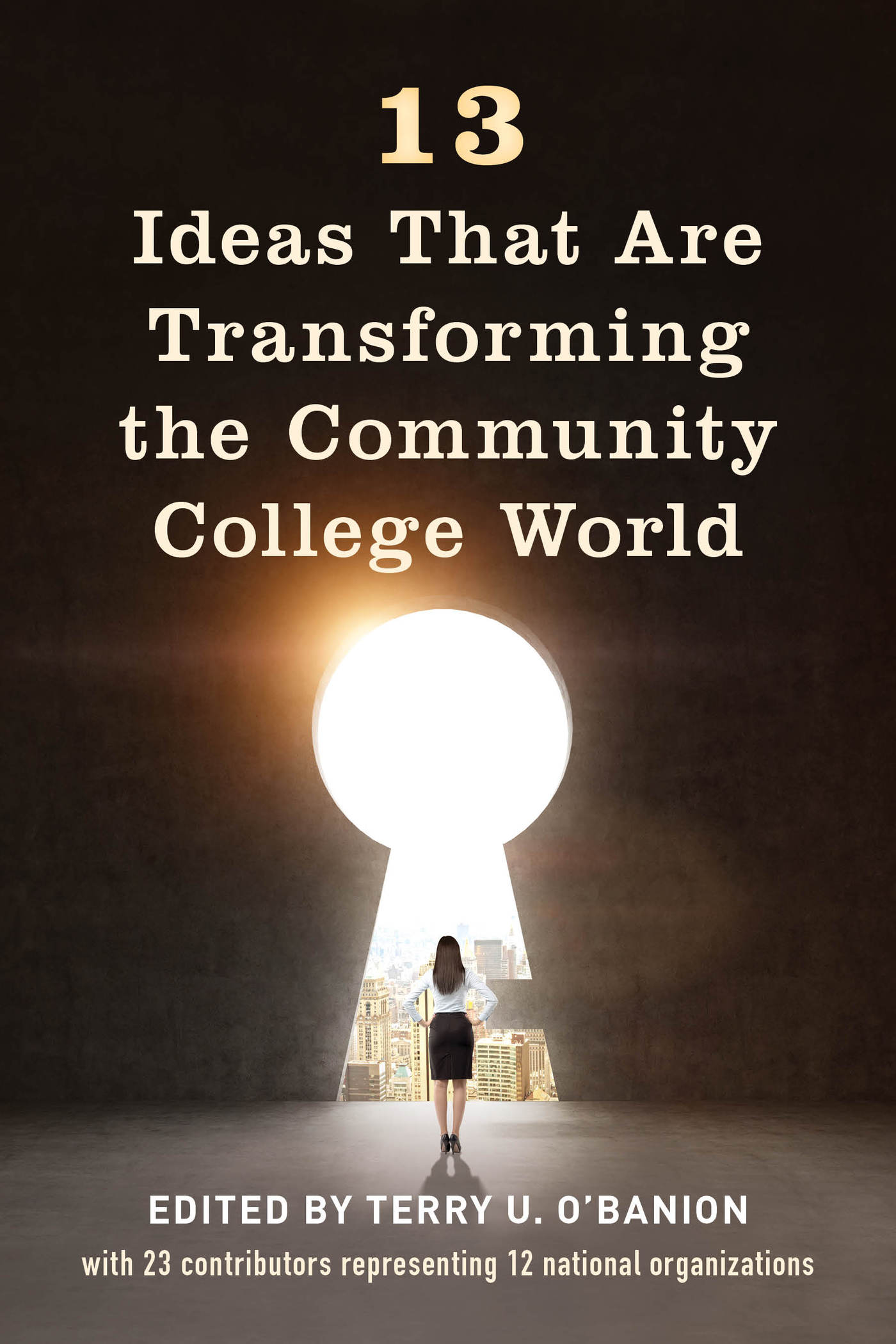13 Ideas That Are Transforming the Community College World
13 Ideas That Are Transforming the Community College World
Edited by Terry U. OBanion
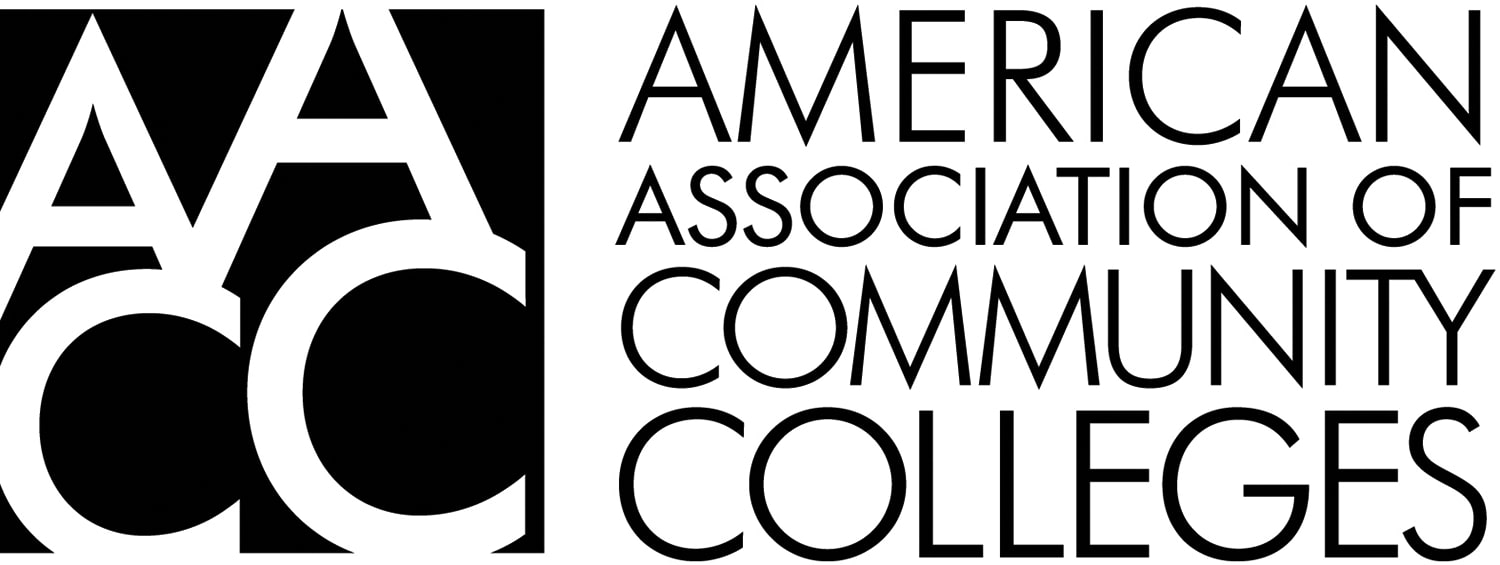
ROWMAN & LITTLEFIELD
Lanham Boulder New York London
Published by Rowman & Littlefield
An imprint of The Rowman & Littlefield Publishing Group, Inc.
4501 Forbes Boulevard, Suite 200, Lanham, Maryland 20706
www.rowman.com
Unit A, Whitacre Mews, 26-34 Stannary Street, London SE11 4AB
Copyright 2019 by Terry U. OBanion
All rights reserved. No part of this book may be reproduced in any form or by any electronic or mechanical means, including information storage and retrieval systems, without written permission from the publisher, except by a reviewer who may quote passages in a review.
British Library Cataloguing in Publication Information Available
Library of Congress Cataloging-in-Publication Data
Names: O'Banion, Terry, 1936
Title: 13 ideas that are transforming the community college world / Terry U. O'Banion.
Description: Lanham : Rowman & Littlefield, [2019] | Includes bibliographical references and index.
Identifiers: LCCN 2018047776 (print) | LCCN 2018048454 (ebook) | ISBN 9781475844917 (Electronic) | ISBN 9781475844894 (cloth : alk. paper) | ISBN 9781475844900 (pbk. : alk. paper)
Subjects: LCSH: Community collegesUnited States. | Community collegesUnited StatesAdministration.
Classification: LCC LB2328.15.U6 (ebook) | LCC LB2328.15.U6 O32 2019 (print) | DDC 378.1/5430973dc23
LC record available at https://lccn.loc.gov/2018047776
 TM The paper used in this publication meets the minimum requirements of American National Standard for Information Sciences Permanence of Paper for Printed Library Materials, ANSI/NISO Z39.48-1992.
TM The paper used in this publication meets the minimum requirements of American National Standard for Information Sciences Permanence of Paper for Printed Library Materials, ANSI/NISO Z39.48-1992.
Printed in the United States of America
For my good friend, K. Patricia Cross, endowed professor emerita at both Harvard and Berkeley, who has contributed more to higher
educationespecially community collegesthan any other leader
of her generation.
Foreword
Walter Bumphus
In fundamental ways, community colleges are a reflection of America itself. They are egalitarian, complex, and ever-changing. Small wonder, then, that they are sometimes also ill-defined or misunderstood. Throughout their 117-year history, community colleges have been willingeven eagerto innovate to serve the needs of a highly diverse student population and disparate communities. Ironically, their very uniqueness, as evolving institutions that consciously and continually reinvent themselves, can become a vulnerability.
Fortunately, the majority of those who actually benefit from community colleges face no such quandary. A recent study by the think tank New America indicates that 83 percent of those polled had a positive opinion of community colleges. Still, the question What is a community college? elicits a range of responses depending on widely varying personal experiences. I addressed this topic in a recent Community College Daily commentary.
Clarity about the important role of todays community colleges and the deep and lasting value they bring to individuals and society is crucial. That is why I am so enthusiastic about this new book edited by Terry OBanion, 13 Ideas ThatAre Transformingthe Community College World.
Few individuals are as qualified to identify, analyze, and put into context the key concepts that drive the contemporary community college as is OBanion. As CEO of the League for Innovation for twenty-three years, a prolific author of seminal works for the two-year sector, and an engaged and engaging presenter, OBanion has few equals. He has been a recognized thought leader and a passionate defender of community colleges for more than six decades.
This book aims to reboot the intellectual and operational concepts energizing todays community college, and its publication couldnt be timelier or more relevant. OBanion has assembled an impressive bench of expert chapter authors (twenty-three national leaders representing twelve national organizations) who are both seasoned and forward thinking. Each brings realistic, informed, and clear-eyed thinking to ideas that have had a major impact on community colleges over the last two decades. These are ideas that continue to evolve to meet changing academic and cultural needs at the institutions and for the communities they serve.
Some of the ideas presented in the chapters have been part of the community college lexicon for many years but continue to exert considerable influence: the learning college, the completion agenda, institutional effectiveness. Other chapters address broad topics such as workforce development and developmental learning, part of the bedrock of the community college mission but now undergoing major reforms. Several chapters focus on more recent efforts to strengthen the educational continuum: better transition from high school to community college to baccalaureate institutions. Appropriate focus is given to the exciting and still expanding Community College Promise movement, intended to make a community college education as accessible, free, and universal as the American high school has been for nearly a century!
I was particularly pleased to see a chapter by Kay McClenney on the Guided Pathways Project, a multiyear effort led by the American Association of Community Colleges (AACC) that involves seven national partners. The project is aimed at helping community colleges design and implement structured academic and career pathways at scale. Pathways has been under way for just a few years, but the principles guiding its work have long been proven to improve student outcomes and persistence.
Adding substantially to the impact of 13 Ideas is fresh thinking on overarching concepts related to college governance and transformative leadership. In our knowledge economy, technology infuses every facet of the learning enterprise, and its multiple effects are given new scrutiny in this work.
Awareness of these driving forces is crucial at all levels of community college operations, but it is especially so for a new generation of leaders. It is they who must understand the community college mission, advocate for its advancement, and fiercely guard the integrity of its values. With a virtual tsunami of leadership turnover now engulfing community colleges, every sitting and aspiring leader should be thoroughly grounded in the concepts 13 Ideas presents: their genesis, how they evolved, and why they matter.
The AACC Board and I spend a good deal of our time pondering how to better prepare future community college leaders for the role of a lifetime. Working with staff, we devise programs and enlist topic experts who share their knowledge and experiences. Many of the authors contributing to 13 Ideas have been frequent participants in AACCs multilevel Leadership Suite and other association programs, as well as contributors to the development and ongoing refinement of the AACC Leadership Competencies.
At a time when discourse is too often measured in 140 characters, and analysis can be more ephemeral than cogent, this new publication presents a much-needed and substantive reexamination of enduring and transformative learning concepts specific to two-year institutions. In a powerful, highly readable work, OBanion and his colleagues have effectively synthesized many of the big ideas that will guide community colleges to continued progress and greater, more impactful service to students.
Next page
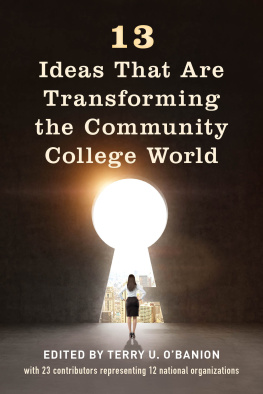

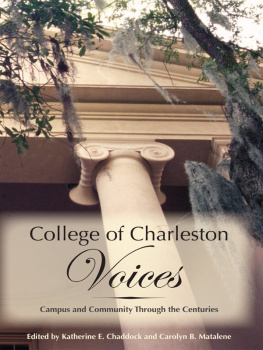



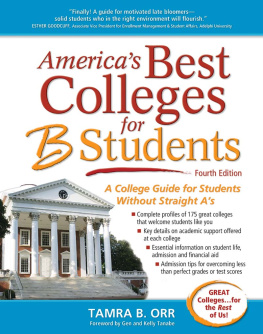
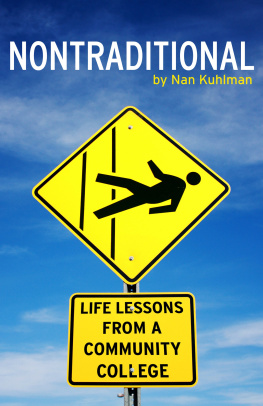

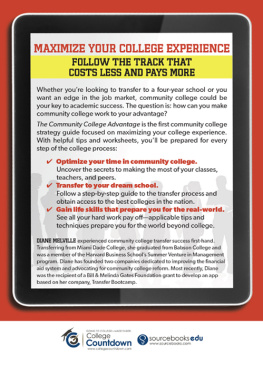

 TM The paper used in this publication meets the minimum requirements of American National Standard for Information Sciences Permanence of Paper for Printed Library Materials, ANSI/NISO Z39.48-1992.
TM The paper used in this publication meets the minimum requirements of American National Standard for Information Sciences Permanence of Paper for Printed Library Materials, ANSI/NISO Z39.48-1992.